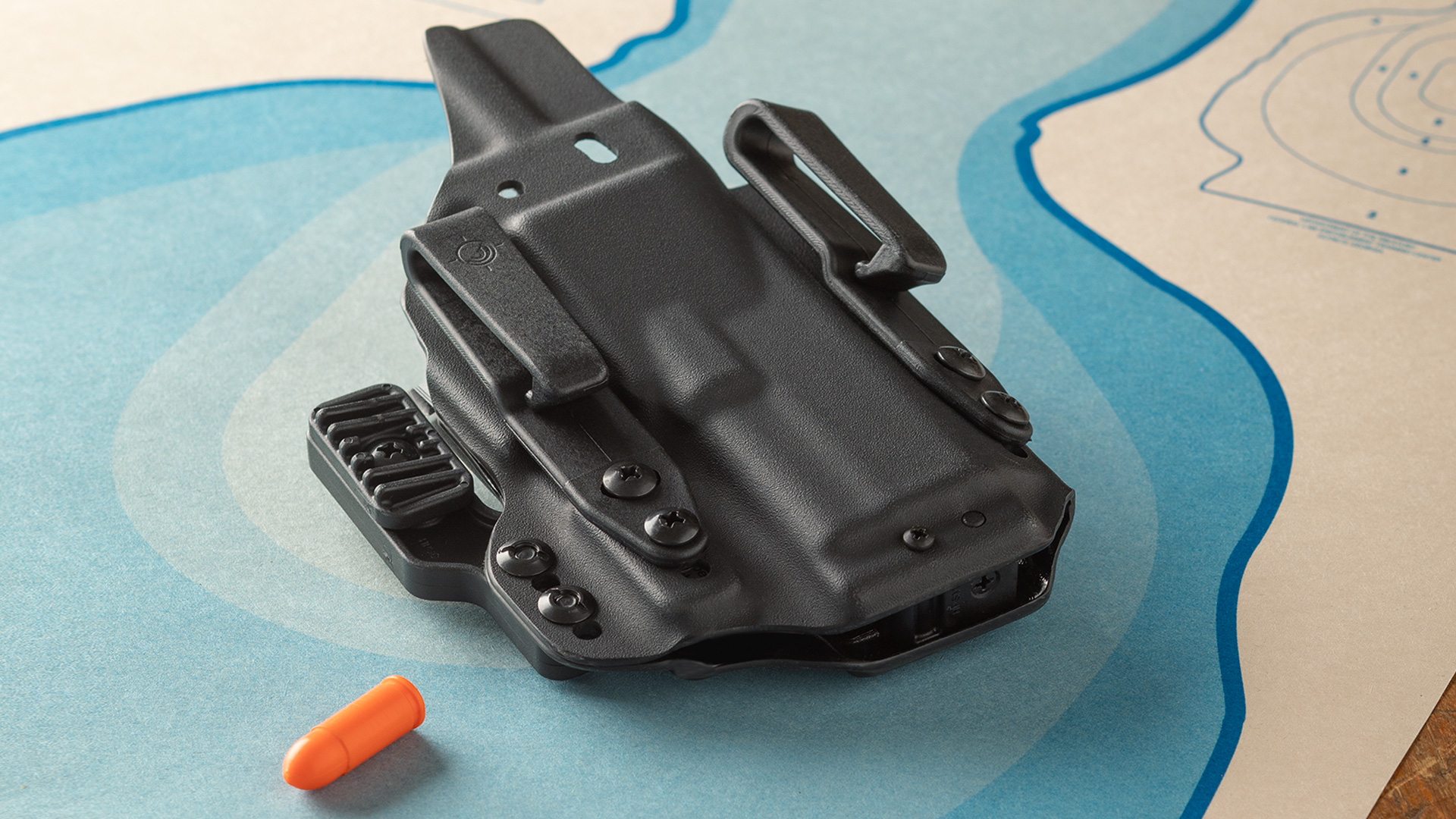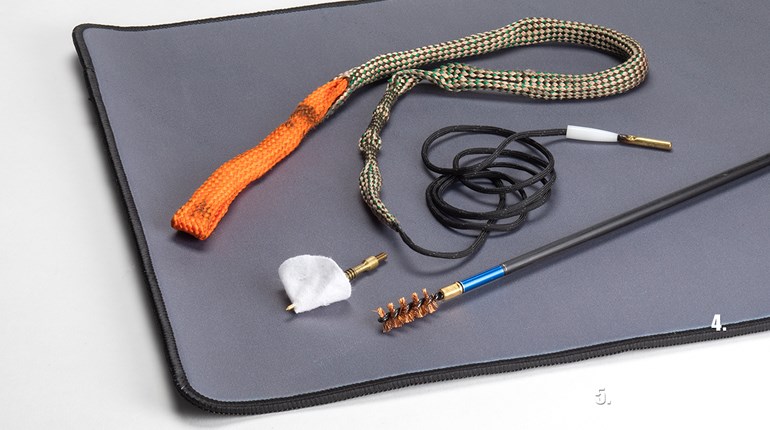
The Problem
You have been told by your shooting instructors and mentors that dry firing is an excellent way to improve one’s shooting ability. That makes a lot of sense to you. However, a new acquaintance in your sphere of shooters has put a slight wrinkle in that line of thinking.
His contention is that value is missed by not practicing a variety of additional tasks such as drawing, scanning and recovering to the holster, moving, assuming improvised positions etc.
This also makes a lot of sense to you, but it does call into question whether there is a difference between dry firing and dry practicing. They seem to be addressed separately by some firearm instructors—or are they the same thing?
The Solution
I suppose that it is all about how one views the subject, but I consider dry firing and dry practicing similar, but different.
Dry firing is executing the principles necessary to deliver an acceptable shot from a visual, biomechanical and mental perspective with the absence of ammunition. In my thinking, dry firing is primarily related to the subject of marksmanship.
The Wall Drill, which I’ve referenced in past installments of this column, is an excellent dry-firing technique. It is where a shooter assumes a comfortable shooting position (with an unloaded gun) holding the muzzle just out of contact with a clean vertical surface, seeing the desired sight picture while pulling the trigger until the sear releases without adding movement to the gun when the trigger press occurs. The drill allows the shooter to see and feel as well as think about what is necessary to execute an acceptable shot. Repetition forms a pattern or sequence of events that should be followed in dry fire or live fire to deliver acceptable shots consistently. This repetition creates a habit, which also allows action with little to no conscious thought. Marksmanship at the subconscious level is the purest form of shooting accurately.
Dry firing distills down and isolates what is absolutely necessary to put the shots where you want them.
Dry practice may incorporate dry firing, but it also adds extra dimensions into the exercise in order to increase the learning potential. Dry practice can be thought of as adding tactics to marksmanship.
Dry practice is important when using new handling or shooting techniques from a safety angle, among other reasons.
Simple processes like one-hand shooting with either hand and how the gun is transferred from on hand to another safely and efficiently need to be practiced dry until confidence and smoothness of execution are realized. Consider moving from the standing position to an intermediate position such as kneeling or sitting with a gun in the hand and managing the muzzle, as well as trigger-finger control, without having practiced that exercise previously. To compound that exercise, consider continuing to a prone position and then recovering to the standing position while taking care to do it safely. It would be prudent to implement a little dry practice as well if you ever thought that live fire from these positions might possibly be a requirement someday.
There is a real art to shooting while moving, which requires a bit of practice simply because there are multiple ways of performing this action and there is no “only way” of doing it. Dry practice helps to determine which method is best for you. Again, managing the muzzle while also exercising good trigger-finger discipline are the objectives and are integral to safety and success when shooting while moving.
Dry practice is of the utmost importance when handling the gun has the potential of covering body parts during its implementation, such as from a seated position or from a motor vehicle. Different body types and ranges of motion provide an endless number of variables to be explored to achieve the end goal that is safe and operationally sound.
One feature of dry practice that is often overlooked is the diagnostic benefit. Going through the motions of the action to be practiced at half speed or less will reveal flaws in movement that were masked by the attempt to gain more speed by force rather than in a more relaxed means. Economy of motion in a smooth, fluid manner is really the best answer to efficient operation.
Many instructors and shooters alike stop with dry-fire exercises because perfection is difficult to achieve or sustain. Dry practice—especially when one takes time to incorporate dry firing—encompasses every aspect of an one’s individual journey toward self-improvement with firearms. Al though different, each has its place in the firearms owner’s progress toward increasing their proficiency.




































